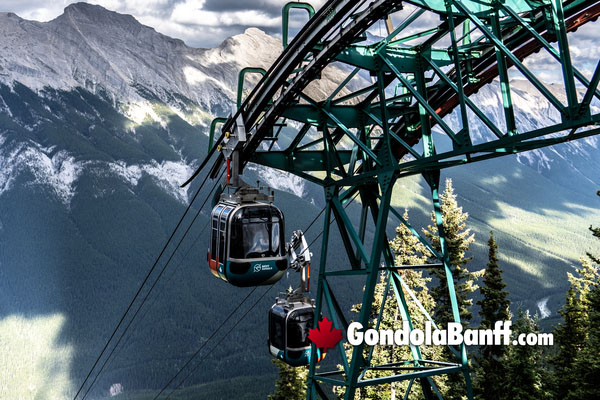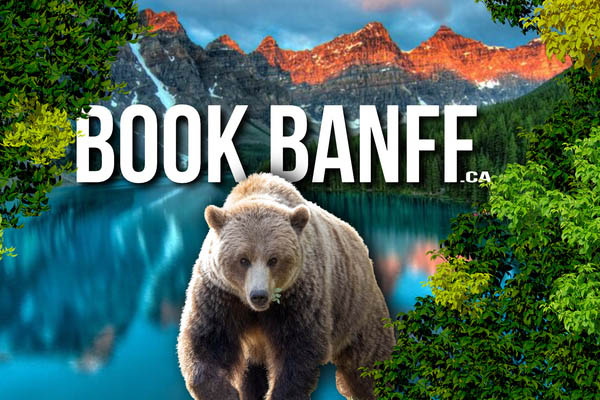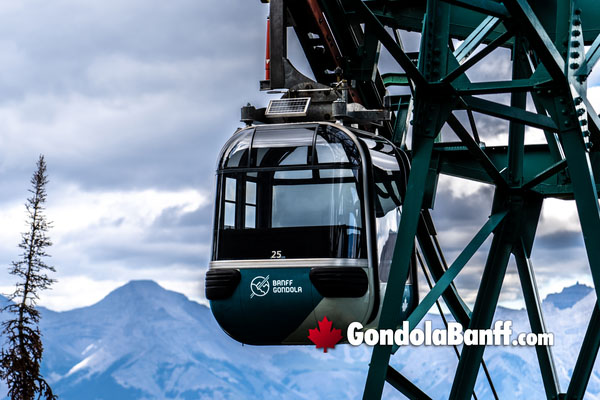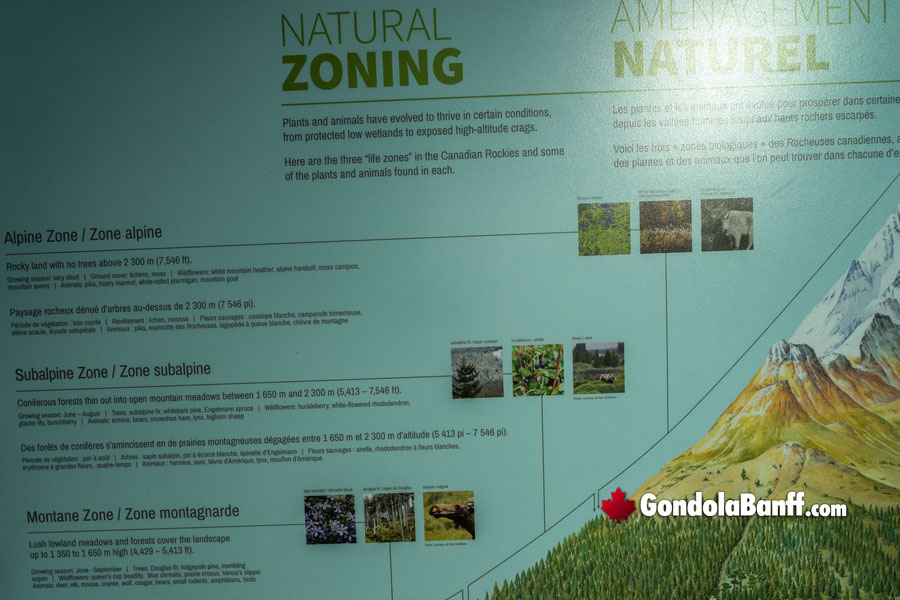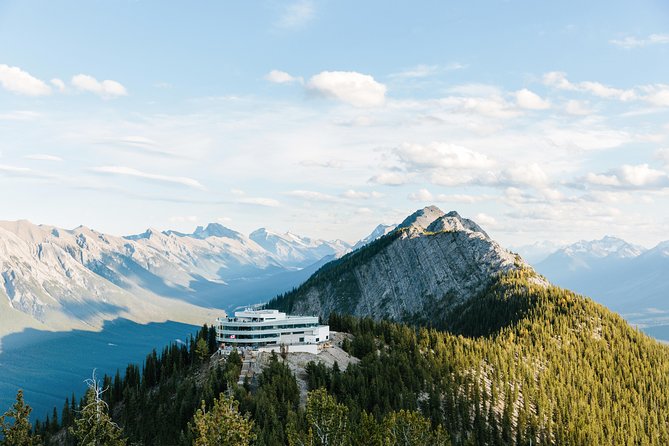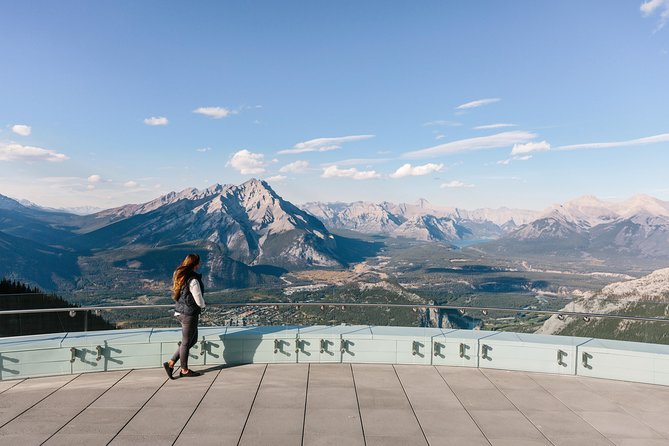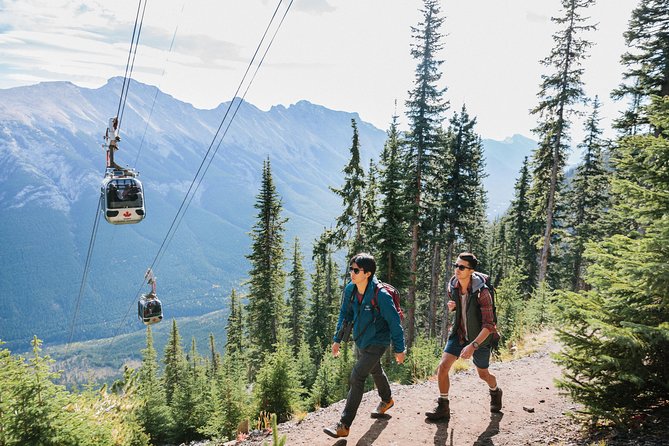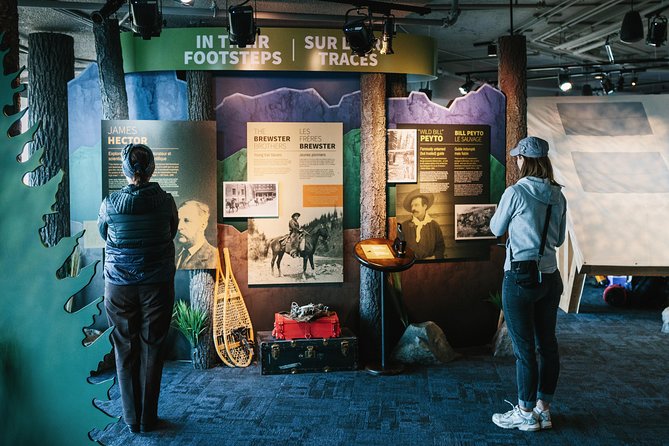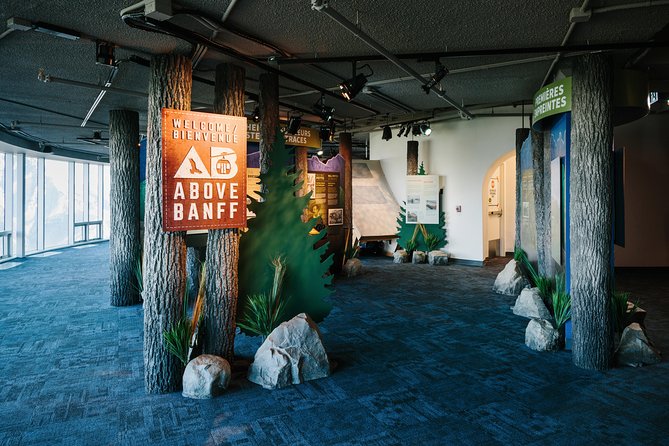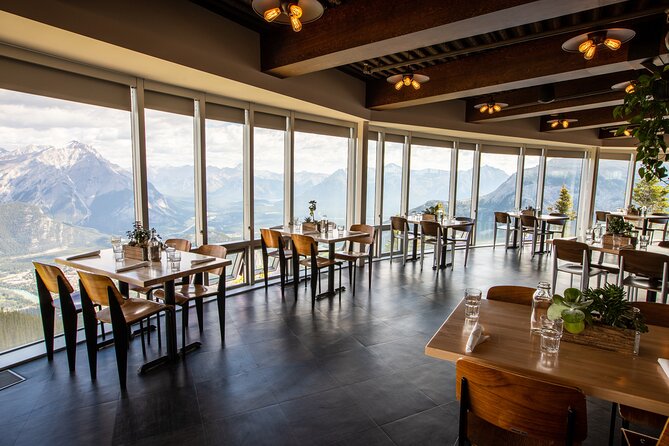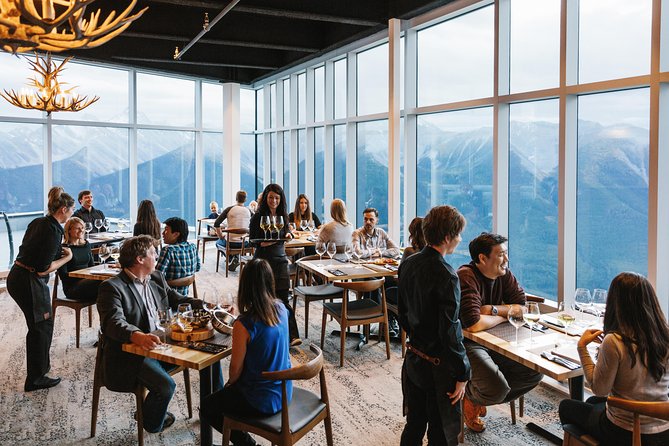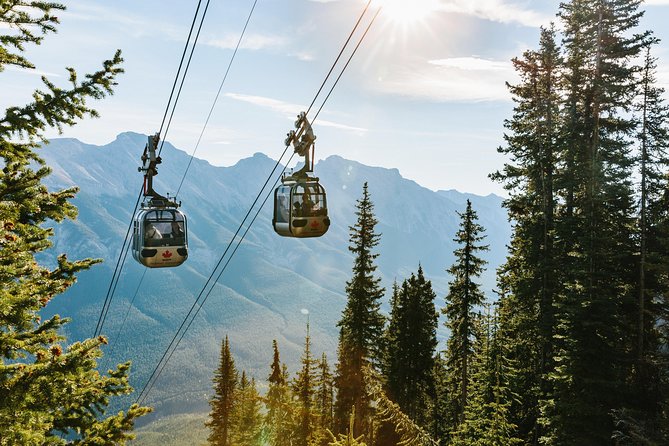 I had an amazing experience at Banff Gondola!
I had an amazing experience at Banff Gondola!
lida molaee, September 2025
I had an amazing experience at Banff Gondola! The service was top-notch, and the staff was incredibly polite and welcoming, truly embodying excellent hospitality. Every member of the team, from the ticket counters to the gondola boarding area, was well-educated, friendly, and made the experience delightful. The cleanliness of the entire facility was impressive, and the views from the gondola were absolutely stunning.
A few tips: definitely reserve your tickets in advance to avoid waiting in line, as they can get quite busy. Also, parking is a bit challenging, so plan ahead for that.
Additionally, there's a restaurant at the top where you can enjoy a meal with a breathtaking view, or you can hike up and just take the gondola down to save a bit of money. Overall, the experience was absolutely worth it, and I highly recommend it. Thank you so much to the entire team!
 The Banff Gondola is a great experience with amazing views from the top - definitely worth visiting!
The Banff Gondola is a great experience with amazing views from the top - definitely worth visiting!
Nazarii Pavlyna, September 2025
The Banff Gondola is a great experience with amazing views from the top - definitely worth visiting! But a very important tip: you must book your tickets online in advance. You need to choose the exact date and time of your visit.
When you arrive, there are staff members at the entrance checking reservations. If you're not registered, they won't let you in - no exceptions. You'll just have to turn around and leave. So don't forget to book ahead to avoid disappointment!
 The Banff Gondola is very well organized
The Banff Gondola is very well organized
yang peng, September 2025
An amazing experience! The Banff Gondola is very well organized - we arrived early and were able to board right on time at 9:40 AM as scheduled. The staff were friendly and helpful, and everything was clearly marked. The signage around the entrance and shuttle/bus area was clear and informative. Free shuttle options and public Roam Transit make it easy to access without needing a car. A must-do activity when visiting Banff - stunning views and very convenient transportation options. Highly recommended!
 On a clear day, the views from the platforms are amazing.
On a clear day, the views from the platforms are amazing.
Roy Actual, September 2025
I suggest booking the earliest morning visit if you're visiting during the height of the summer's tourist season. Parking is easier, the line to load the gondolas is not long, the lower position of the sun makes better lighting against the geography, and there are fewer random visitors that might be in your pictures (if that's important to you). The road leading to the gondolas are marked with clear signage. They're easy to follow while driving. The parking lot isn't large considering the amount of daily visitors that tour the attraction. Again, parking is not a problem the earlier in the day that you visit. Otherwise, parking could be a challenge even with the use of the parking areas.
The gondola's base station is clean and warm. The staff is very accommodating and helpful. There's a Starbucks and a gift shop as well. The restrooms are clean. On a clear day, the views from the platforms are amazing. Check the weather forecast for optimum conditions. Bring warm clothing if you intend to stay on the exterior platforms for extended periods. The weather at the base is not always indicative of the conditions at the top.
 The Banff Gondola is a must-do!
The Banff Gondola is a must-do!
Jessica Squires-Moffitt, September 2025
Breathtaking views and an unforgettable experience!
The Banff Gondola is a must-do! The ride up was smooth and offered stunning views the entire way. Once at the top, the panoramic scenery was absolutely breathtaking - snow-capped peaks, endless mountain ranges, and fresh alpine air. The boardwalk at the summit is easy to walk and gives you even more incredible vantage points. The facilities at the top were clean and modern, and the staff were friendly and helpful. An unforgettable way to experience the beauty of Banff!
